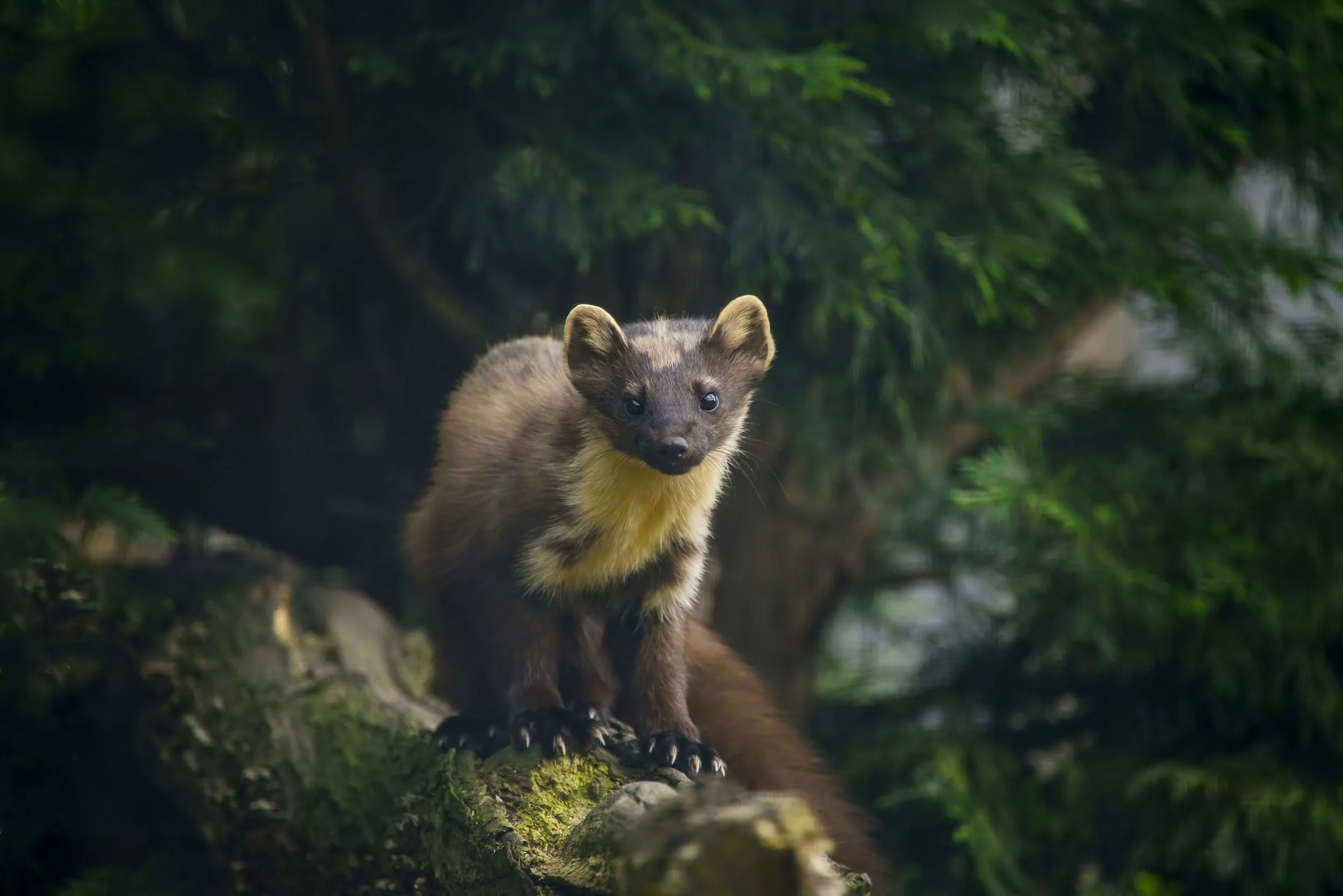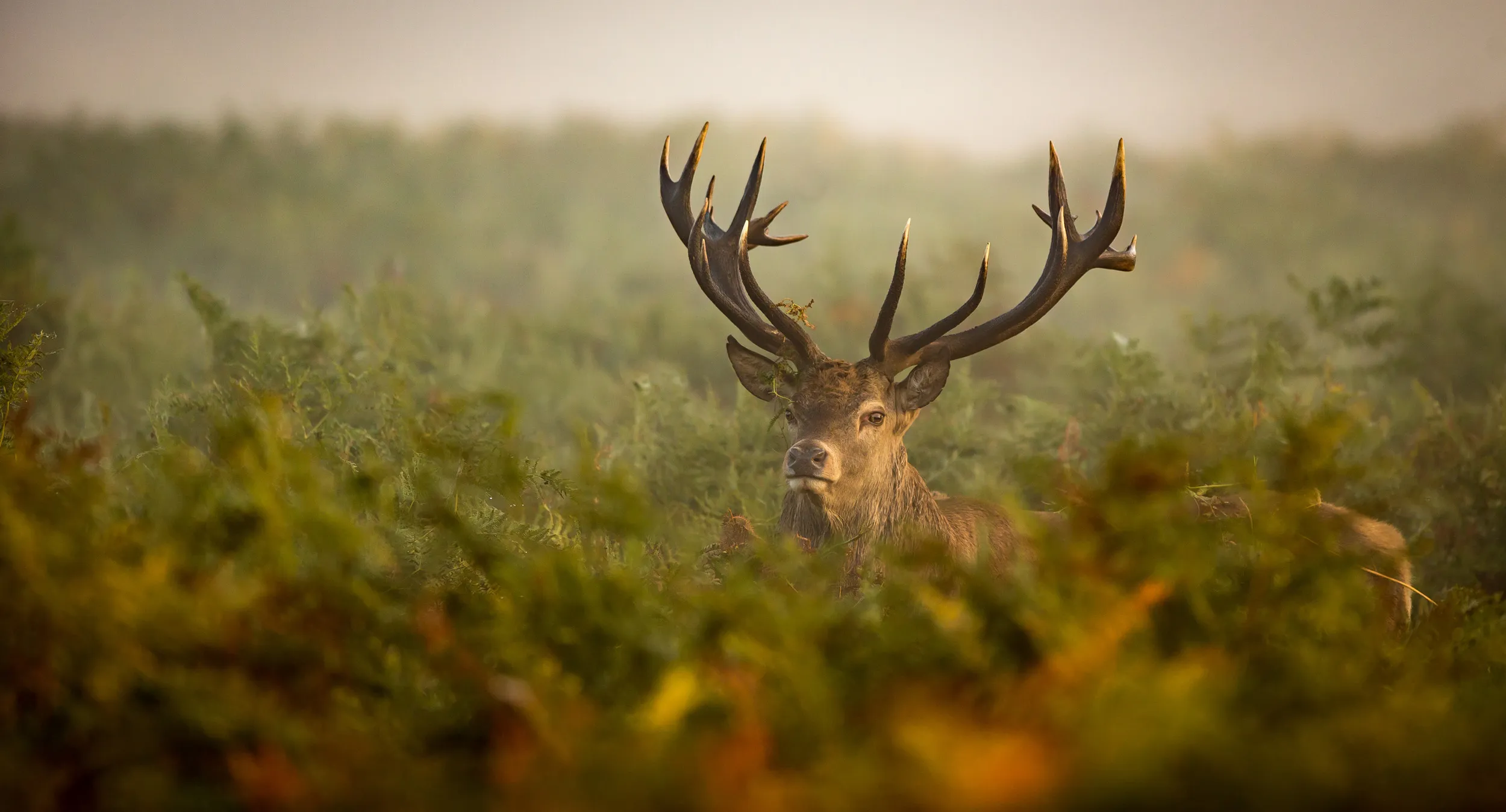Save the UK rainforest
Think rainforests and you’ve probably pictured yourself sweating buckets in the steamy tangled jungles of the Amazon or the Congo. But we’ve got rainforests right here in the UK too.

On this page
Save the UK rainforest
Step into these lost worlds and you’ll find dripping branches of ancient oak, hazel and ash arching over trickling streams, deep crevasses and rocky boulders softened by some of the rarest lichens and mosses in the world. Life is everywhere.
If you go down to the ancient woodland today...
These creaky gatherings of trees in the west of the UK are some of our most nature rich places. In some forests up to 200 species of bryophytes can be found – that’s mosses and liverworts – and an equal number of lichens. These moisture loving lifeforms are a clear indicator of clean air and high humidity. Pied Flycatcher, Wood Warblers and Redstart can be seen darting between the branches while some of the UK rainforests are also home to Pine Marten and Red Squirrel.
But these forests are not just good for nature, they’re good for us and the planet. Many support the local communities around them with eco-tourism, wildlife watching and escapism. They’re also fantastic carbon sinks, locking carbon away within the rich soils beneath.

The lungs of the forest
One of the largest lichens is the marvellous Tree Lungwort. This lichen has large, almost leaf-like lobes, which can stretch out from the trunk of a tree invitingly. In medieval times, monks believed its resemblance to lungs was significant, and used it to treat lung complaints.

Threatened forests
The west of the UK’s relatively mild and wet climate and clean air provide ideal conditions for these temperate rainforests, also known as Atlantic or Celtic rainforests. These are truly special places and are thought to be more threatened globally than the more famous tropical rainforest.
In the UK today, only fragments remain in southwest England, the Lake District, Wales and Scotland. Their threats are numerous. Invasive plants like Rhododendron ponticum can easily take over and out compete native plants while overgrazing by livestock and unchecked deer populations strips trees and stunts new growth. Undergrazing can be just as damaging - with fenced off areas allowing bracken and brambles to shade out the precious lichens and bryophytes.
Another threat is Ash Dieback (a non-native fungus that’s killing European ash trees) which not only also threatens ancient trees but also the rare lichens which like their favourable bark. Pollution and non-native conifer planting are also a cause for the rainforests’ decline.

Time to let the forests grow
We want the UK’s rainforests to be restored to their former glory...and grow. This is a huge task, with any success only coming with a commitment for long term action. Thankfully, we’re not the only ones with this vision. We’re working at scale with landowners and other partners who, like us, are in it for the long haul.
In Wales we’re part of the Celtic Rainforests Wales project. Funded by the EU-LIFE fund and the Welsh Government, we’re working to protect rainforests across Wales, including our nature reserves along the Mawddach Estuary and Gwenffrwd Dinas. Here, we are trying to get the rainforests back in top condition in several ways, including removing non-native invasive plants, thinning trees and introducing conservation grazing.

In Scotland 24 organisations are working for the rainforest as part of Alliance for Scotland’s Rainforest. The RSPB is leading one of the Alliance’s main projects - ‘Saving Morvern’s Rainforest’. The rainforest here is a key site as its island-like geography makes it a great place to try and remove the invasive Rhododendron for good. In July 2022 the RSPB purchased the Glencripesdale nature reserve on the northern edge of Movern to expand the area we’re hoping to transform. Funding from NatureScot and private trusts has given us the resources to make a start.
Passionate local people are instrumental in both projects, whether they’re landowners, local communities, contractors, volunteers or visitors. If more projects such as these receive similar support, then our beautiful temperate rainforests, and the wildlife that lives within them, stand a good chance of bouncing back.

If you fancy volunteering to help the rainforest projects in Scotland and Wales you can find out more on their websites.